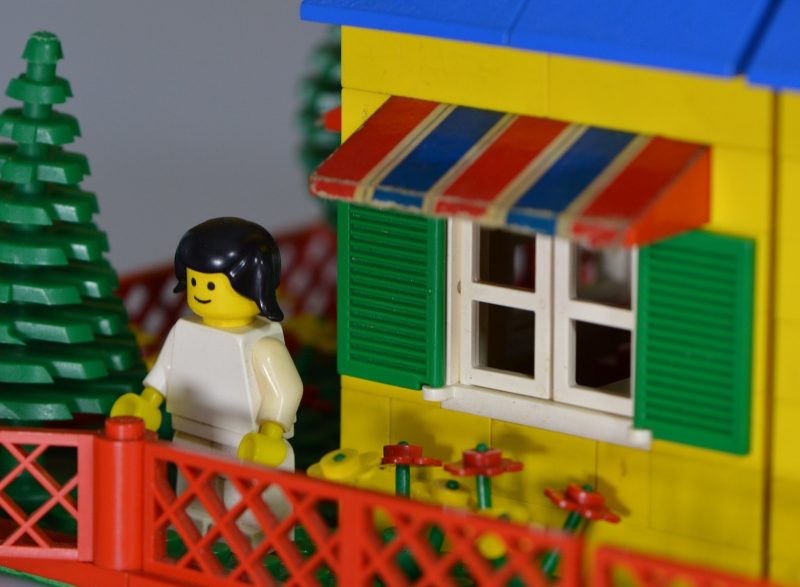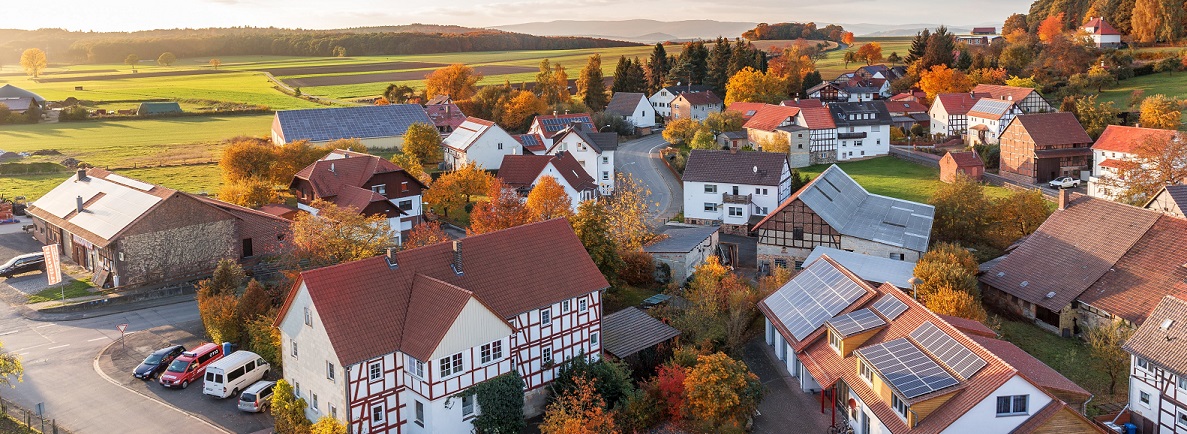Modular Homes
The growing challenge for developing and developed economies is providing decent, affordable housing. A way to counter this is through prefabricated homes. Here, we take a preliminary look at modular homes, its affordability, its appeal to the masses and, of course, its drawbacks.
Housing issues have long been a topic of interest in developing nations and it isn’t the construction of these homes that is the problem but the affordability of home ownership. If one thinks that only Asia is suffering from this plight, think again. Even developed countries such as the United Kingdom are struggling to tackle the affordable housing issue and they’ve been at it for decades.
When buying a new home, we have to take into consideration of the income, household spending and affordability of the generation. We take a look at Malaysia, for example, according to Trading Economics, the construction output for the year of 2019 is set to hover at 12 per cent by the end of this quarter and should stand at 10 per cent in 12 months’ time.
Therefore, even though the ratio of construction dips during the mid of the year, there’s still houses being built and Trading Economics went on to predict that the figure will increase by 2020. In the long-term, the Malaysia Construction Output is projected to trend around 13 per cent in 2020, according to the econometric models.
Statistics also show that there are enough houses being built in the world which more than keeps pace with the population growth. However, the big question is affordability. How many of these homes are actually in the range of purchase for the average middle class citizen?
On the contrary, Western countries such as the United States, some parts of Europe and Canada, are adopting a different approach to tackle the affordable housing issue. The change in approach isn’t so much of introducing cheaper homes to the masses but it involves a total paradigm shift – modular homes.
What are Modular Homes?
Modular homes or prefabricated homes are making a comeback in the construction industry in Europe. What was deemed as too costly or unfeasible in the past is now the current trend in the Great White North. As stated by the VancouverCourier, many cities are returning to that prefabricated or modular construction, in a bid to improve current housing affordability challenges and combat rising land and construction costs.

A modular building is not a cookie-cutter, basic box. Prefabricated homes are incorporating modern as well as pleasing architectural elements, plus customised eco-friendly and smart home technology by design. In fact, many of us don’t even realise it’s a modular home.
Communities in British Colombia have already welcomed modular housing and are approving projects for the homeless in as little as six weeks. However, Canada has been slow to adopt this construction method for urban developments, unlike their European or American counterparts. One of the world’s largest hotel chains, the Marriott, recently opened a modular hotel in California with 97 rooms, called the Folsom Fairfield Inn and Suites, with plans for more in different regions.
The Financial Times reports that prefabricated homes comprised 16 per cent of Japan’s housing built since 2015. Most of their new homes are in some way pre-fabricated with Sekisui House, Misawa Homes and Daiwa House all producing factory-perfect homes in scale — think 10,000 high-quality, durable and long-lasting houses a year, albeit fairly ugly ones.
Would Modular Homes ease the Affordable-Housing Gap?
Imagine buying pieces of furniture from IKEA, everything you see on display are flat-packed and categorised by their build number, which you then pick off the shelf to the check-out. Now, imagine replicating the same mechanics in building a home. This may seem far-fetched, but modular homes are gaining popularity as an alternative to traditionally built homes.
In the last 20 years, IKEA has sold more than 11,000 modern, prefabricated homes to European clients. They cost 40 per cent less than their traditionally built counterparts and are ready in eight to 12 months. Specialising in modular home building and interior design, Homify International states that a modular house may be a term you’re not too familiar with, but it might be more commonplace than you think.
To put it simply, a modular home is one that is prefabricated in a factory off-site, consisting of multiple sections called modules. Once these ‘modules’ have been completed, they’re transported to the site and put together to create a complete house. This way of building means that all modular homes are prefabricated, but does not mean all prefabricated buildings are modified.
What are the advantages of having a modular home? Because they are constructed indoors, modular homes are completed in a much shorter time frame as opposed to homes built outdoors and on site. These homes don’t see the typical delays of onsite builds, particularly those brought on by adverse weather.
Construction seems to be increasing, but affordability of owning a house for the next generation is drawing on a thin line. However, with modular homes trending especially in western counterparts, these prefabricated homes represent a smart living solution. With straightforward designs and high-volume manufacturing, they can help lower costs while maintaining high quality standards.
The major advantage for manufacturers is that they can build within a large indoor, climate-controlled factory, at a much faster rate, while demolition, excavation and foundations are concurrently completed on the actual site.
Its Drawbacks
However, owning a modular home also comes with setbacks – reduced resell value. Because of the stigma surrounding modular homes that they are of lower quality, it makes it harder for it to sell compared to a conventional home. Banks are also not familiar with modular homes. Hence, it’s difficult to finance.
Therefore, buyers are in a dilemma when their mortgage is unable to be processed and they have to look at different options to be able to continue with the constructions of the modular home. Furthermore, modular homes have a set materials and designs to choose from, and this gives you less flexibility in designing your dream home.
